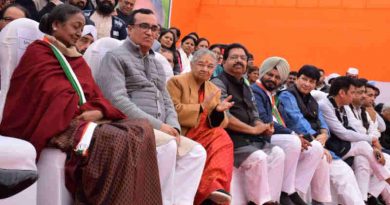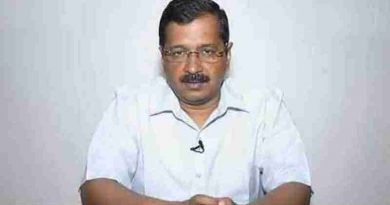How to Prevent Pervasive Voting Frauds in India

Amid raging controversy over the vulnerability of Electronic Voting Machines (EVMs), India has decided to buy new Voter Verifiable Paper Audit Trail (VVPAT) units for use in the General Elections, 2019.
The Union Cabinet chaired by the Prime Minister Narendra Modi gave its approval Wednesday for the purchase of 16,15,000 VVPAT units at a tentative per unit cost of Rs.19,650, and at a total estimated cost of Rs. 3,173.47 crore (excluding taxes and freight as applicable).
The units will be bought during the years 2017-18 and 2018-19 from Bharat Electronics Ltd., Bangalore and Electronics Corporation of India Ltd., Hyderabad.
The government has allocated additional funds of Rs. 1,600 crore in the current financial year in the supplementaries / revised estimates for meeting the cash outgo envisaged for purchase of EVMs (Control Units & Ballot Units) and VVPAT Units during the year 2017-18.
[ Why You Must Not Trust Electronic Voting Machines in India ]
The placement of order by the Election Commission of India (ECI) to the two manufacturers will depend on their production capacity so that all the VVPAT units can be procured by September, 2018.
The decision of the government would enable the ECI to deploy VVPAT units in all pooling booths in the General Elections, 2019. It will act as an additional layer of transparency for the satisfaction of voters, allaying any apprehension in the minds of the voters as to the fidelity and integrity of the EVMs.
[ BJP May Win MCD Election with Electronic Voting ]
The idea of an additional layer of transparency for the satisfaction of voters in the form of a ‘voter verifiable paper trail’ was suggested by the political parties in a meeting taken by the ECI on 4th October, 2010.
Accordingly, introduction of the VVPAT was facilitated by amending the Conduct of Election Rules, 1961 vide Notification dated 14th August, 2013. Thereafter, 20,300 VVPAT units were purchased by the ECI in 2013.
Since then, these units are being deployed in elections in select Assembly and Parliamentary Constituencies. Subsequently, order for 67,000 additional units was placed in 2015, out of which 33,500 units have been supplied by the manufacturers.
[ Corruption at DPS Housing Society Dwarka: Case 1 ]
Requisite funds for purchase of the aforesaid number of VVPAT units were provided by the government as and when requested by the Election Commission.
VVPAT device functions like a printer to be attached to the ballot unit and kept inside the voting compartment. When the voter presses the button against the name of the candidate of his choice on the ballot unit, the VVPAT unit generates a paper slip, called ballot slip. This paper slip contains the name, serial number and symbol of the chosen candidate.
[ Also Visit: REAL VOTER: Politics in India ]
The voter can see this slip through a screened window where it stays for seven seconds, and then it automatically gets cut and falls down into a sealed drop box. In this process, the slip will not go into the hands of the voter nor will others be able to see it.
Photo courtesy: ECI





